
The Reinforcement Learning Workshop. Learn how to apply cutting-edge reinforcement learning algorithms to a wide range of control problems Alessandro Palmas, Emanuele Ghelfi, Dr. Alexandra Galina Petre, Mayur Kulkarni, Anand N.S., Quan Nguyen, Aritra Sen, Anthony So, Saikat Basak
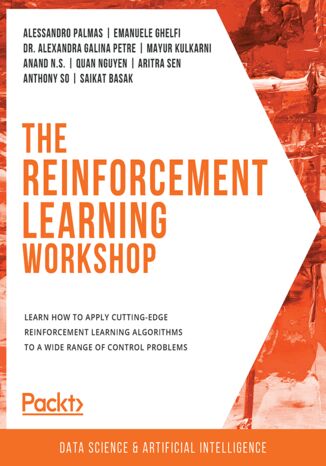



- Autorzy:
- Alessandro Palmas, Emanuele Ghelfi, Dr. Alexandra Galina Petre, Mayur Kulkarni, Anand N.S., Quan Nguyen, Aritra Sen, Anthony So, Saikat Basak
- Wydawnictwo:
- Packt Publishing
- Ocena:
- Stron:
- 822
- Dostępne formaty:
-
PDFePubMobi
 opcje wysyłki »
opcje wysyłki »
Opis
książki
:
The Reinforcement Learning Workshop. Learn how to apply cutting-edge reinforcement learning algorithms to a wide range of control problems
Starting with an introduction to RL, youÔÇÖll be guided through different RL environments and frameworks. YouÔÇÖll learn how to implement your own custom environments and use OpenAI baselines to run RL algorithms. Once youÔÇÖve explored classic RL techniques such as Dynamic Programming, Monte Carlo, and TD Learning, youÔÇÖll understand when to apply the different deep learning methods in RL and advance to deep Q-learning. The book will even help you understand the different stages of machine-based problem-solving by using DARQN on a popular video game Breakout. Finally, youÔÇÖll find out when to use a policy-based method to tackle an RL problem.
By the end of The Reinforcement Learning Workshop, youÔÇÖll be equipped with the knowledge and skills needed to solve challenging problems using reinforcement learning.
Wybrane bestsellery
Alessandro Palmas, Emanuele Ghelfi, Dr. Alexandra Galina Petre, Mayur Kulkarni, Anand N.S., Quan Nguyen, Aritra Sen, Anthony So, Saikat Basak - pozostałe książki
Packt Publishing - inne książki
Dzięki opcji "Druk na żądanie" do sprzedaży wracają tytuły Grupy Helion, które cieszyły sie dużym zainteresowaniem, a których nakład został wyprzedany.
Dla naszych Czytelników wydrukowaliśmy dodatkową pulę egzemplarzy w technice druku cyfrowego.
Co powinieneś wiedzieć o usłudze "Druk na żądanie":
- usługa obejmuje tylko widoczną poniżej listę tytułów, którą na bieżąco aktualizujemy;
- cena książki może być wyższa od początkowej ceny detalicznej, co jest spowodowane kosztami druku cyfrowego (wyższymi niż koszty tradycyjnego druku offsetowego). Obowiązująca cena jest zawsze podawana na stronie WWW książki;
- zawartość książki wraz z dodatkami (płyta CD, DVD) odpowiada jej pierwotnemu wydaniu i jest w pełni komplementarna;
- usługa nie obejmuje książek w kolorze.
Masz pytanie o konkretny tytuł? Napisz do nas: sklep@helion.pl
Książka drukowana





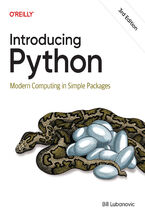


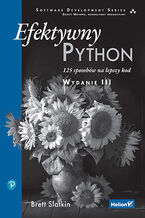
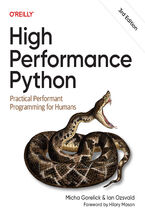
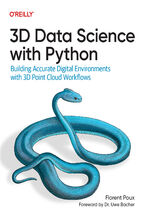

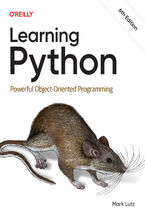

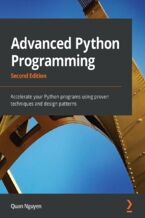
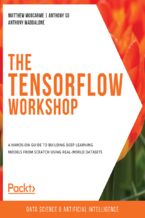
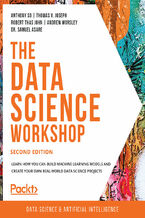
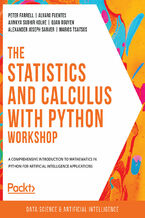
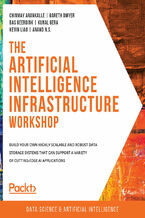
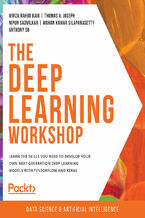
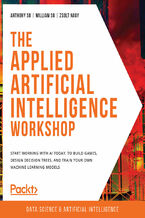
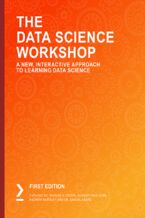
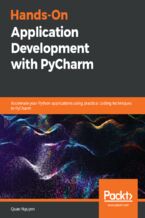
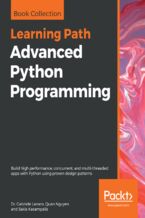





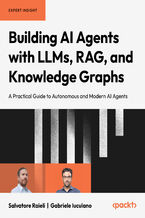
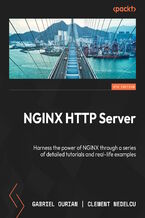
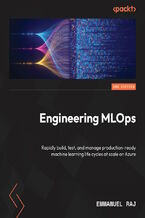
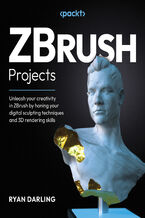
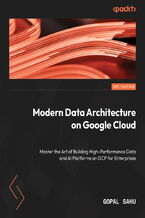
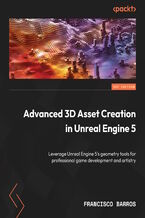
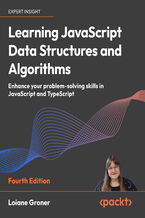
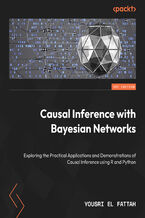
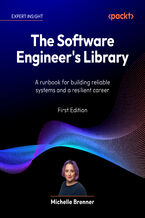
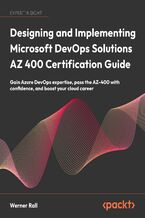



Oceny i opinie klientów: The Reinforcement Learning Workshop. Learn how to apply cutting-edge reinforcement learning algorithms to a wide range of control problems Alessandro Palmas, Emanuele Ghelfi, Dr. Alexandra Galina Petre, Mayur Kulkarni, Anand N.S., Quan Nguyen, Aritra Sen, Anthony So, Saikat Basak
(0)